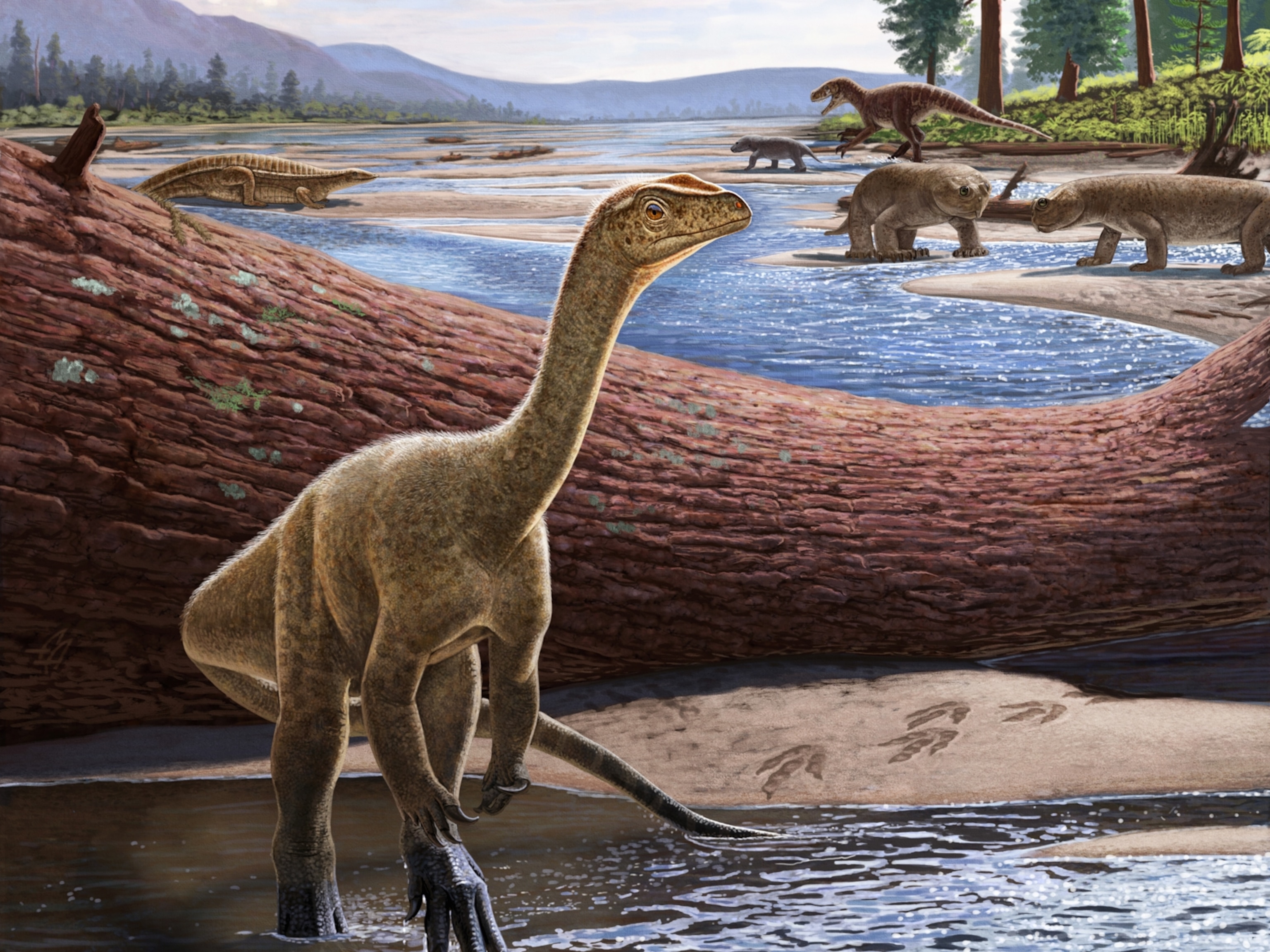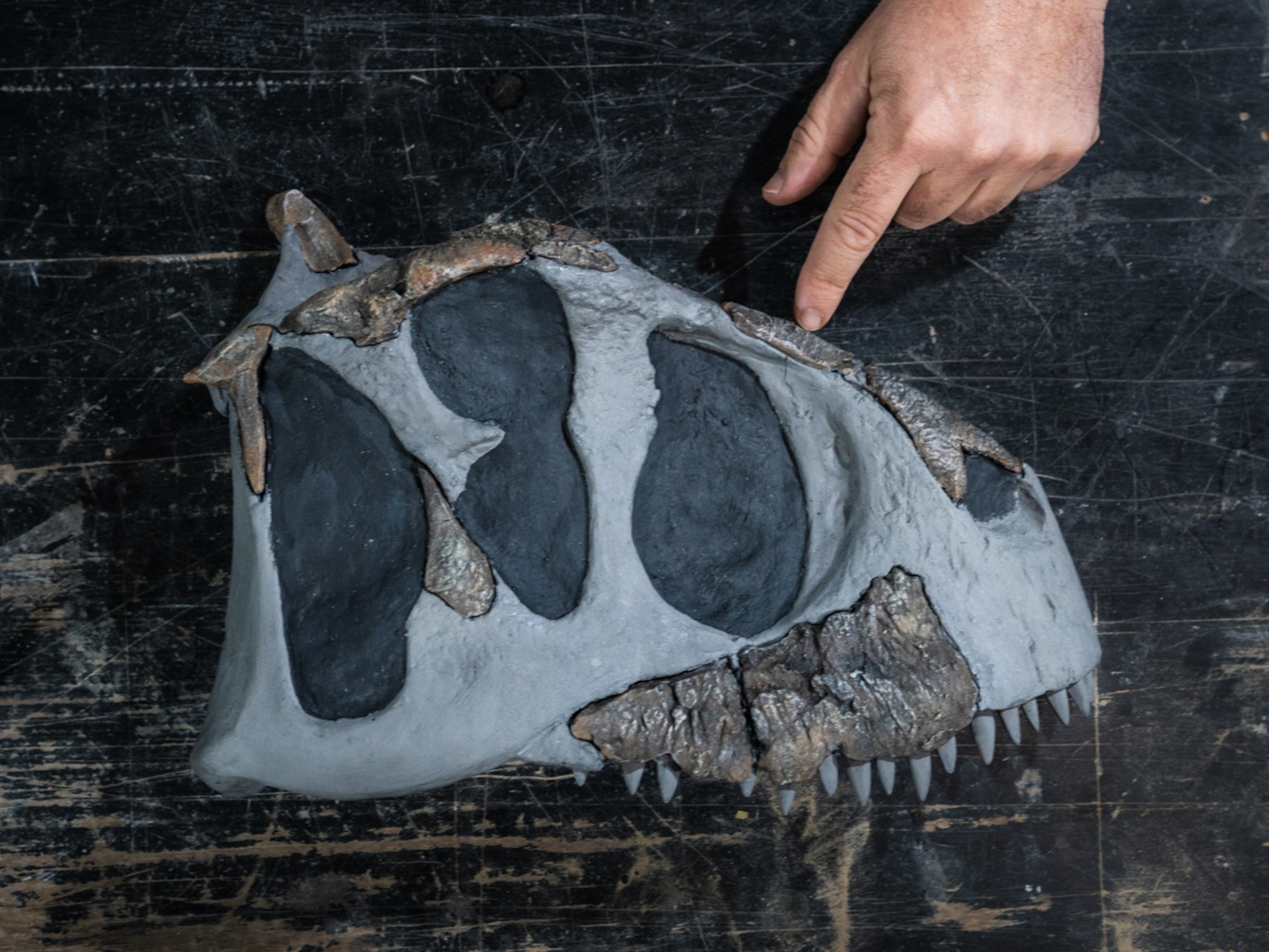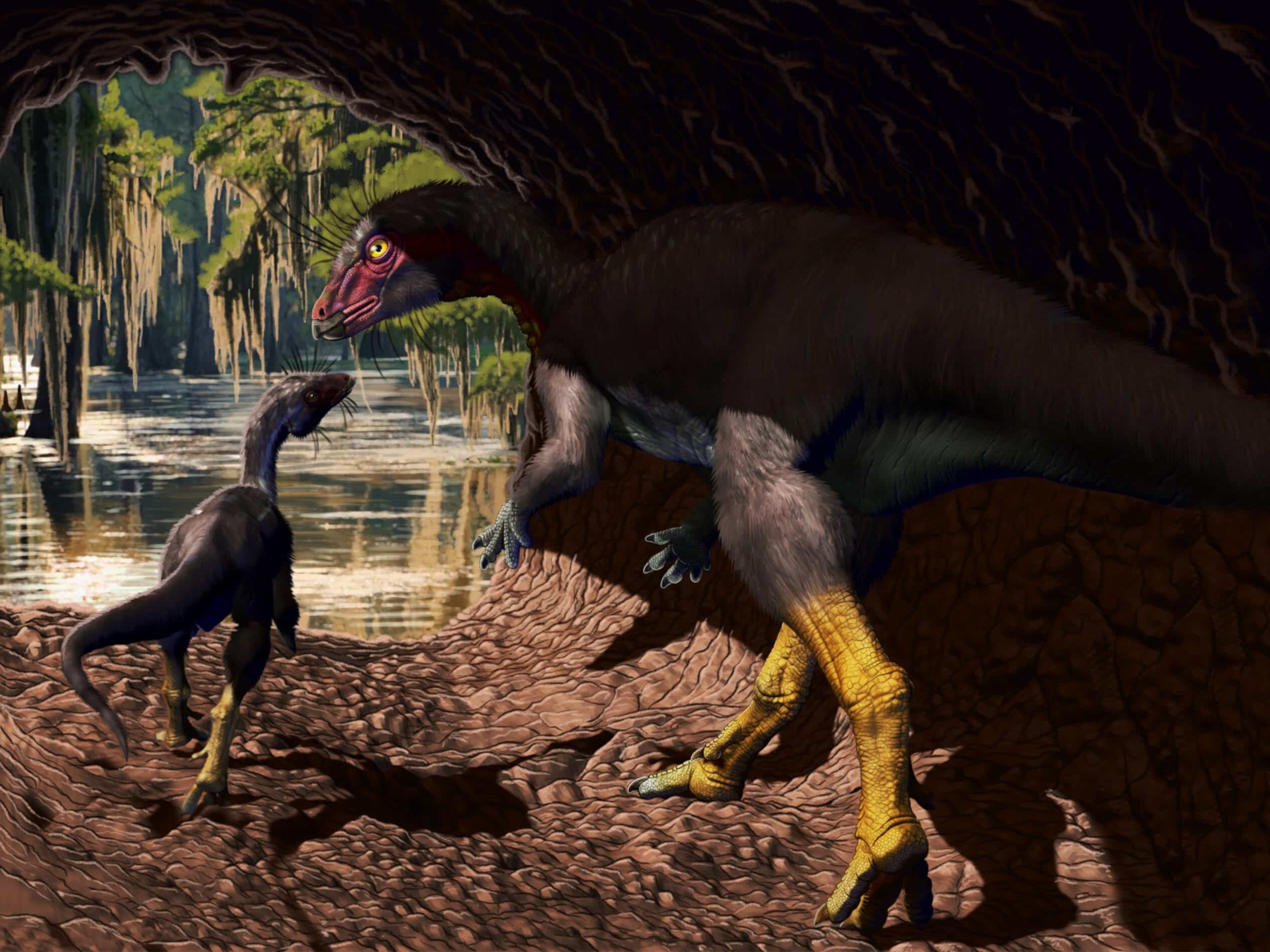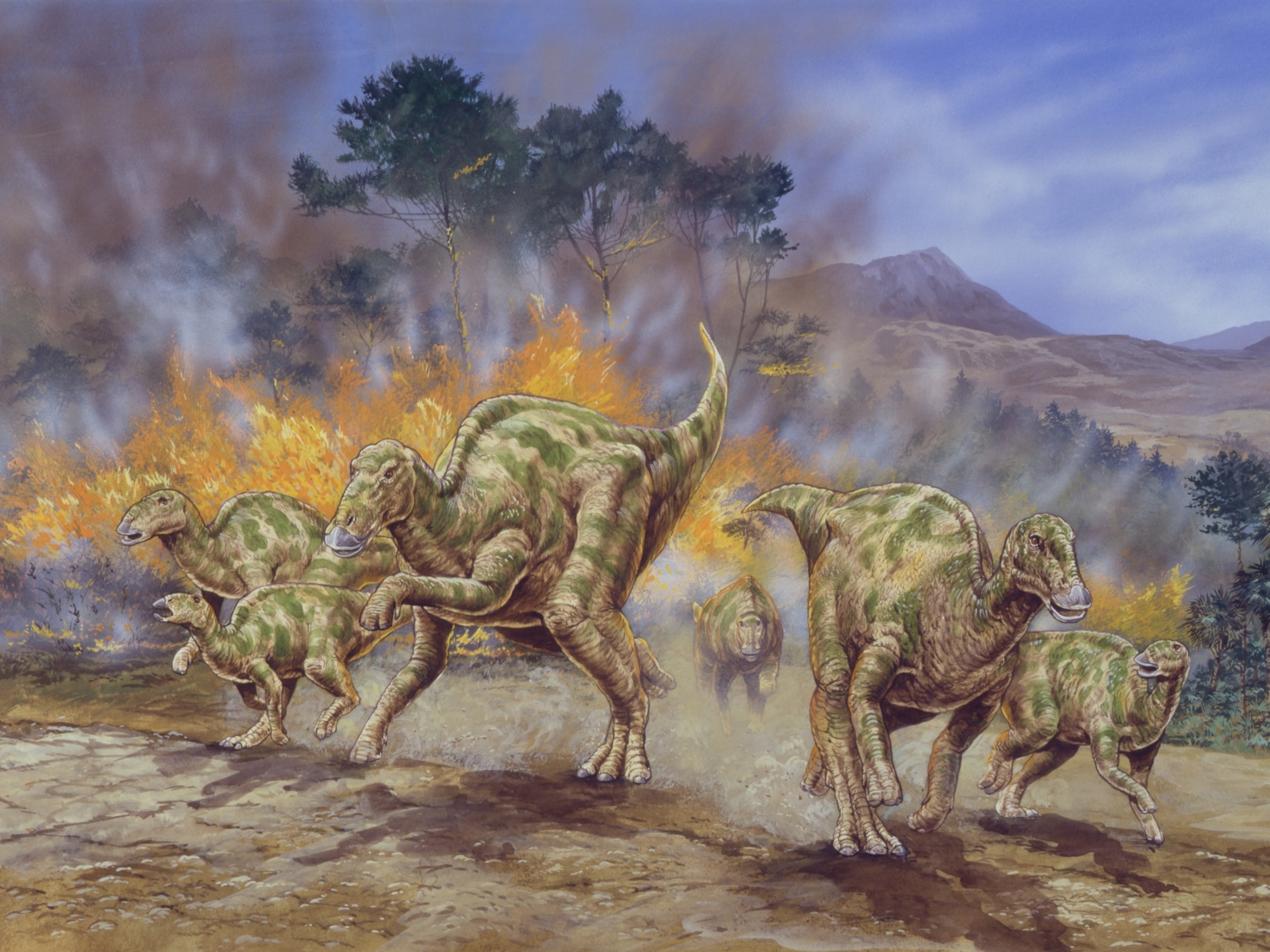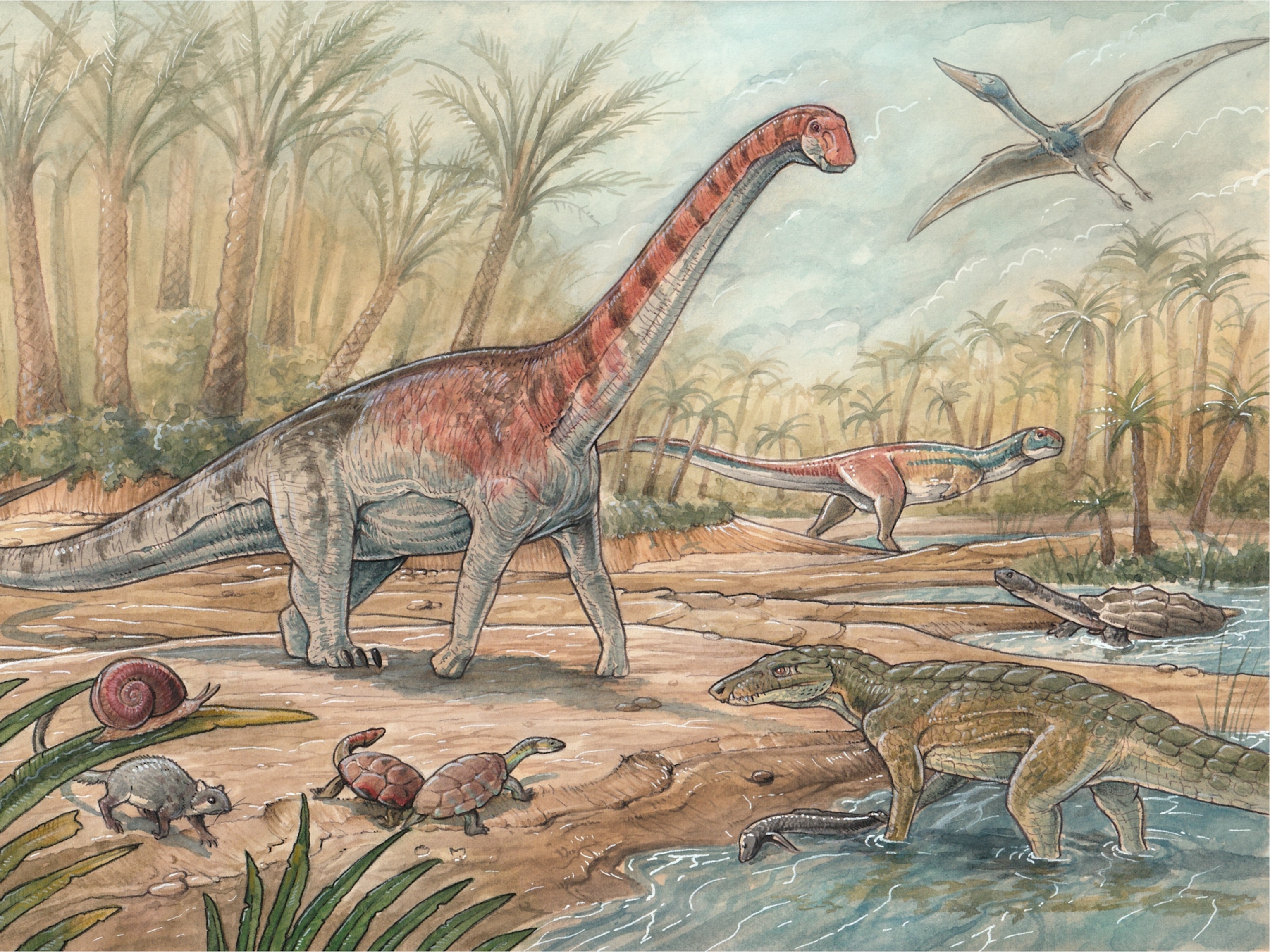Researchers find oldest ant known to science—113-million-year-old ‘hell ant’ with scythe jaws
This fossil is 13 million years older than any ant fossil found before—and reveals a sophisticated predator that lived alongside the dinosaurs.
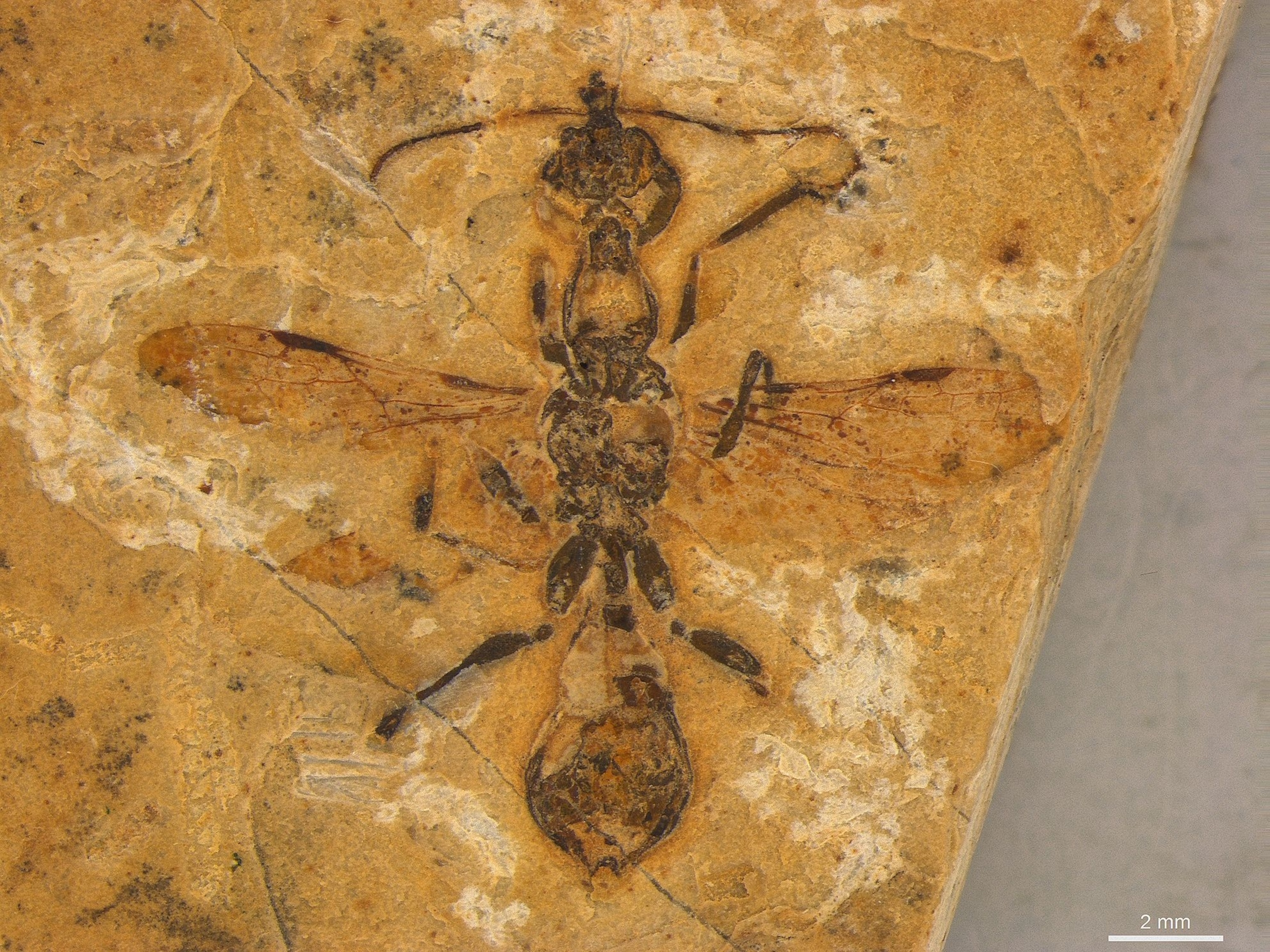
The oldest ant fossil ever discovered had forward-facing scythe-like jaws it used to hunt, according to a new study in Current Biology.
Now the oldest ant specimen known to science, the roughly half-inch-long 113-million-year-old impression preserved in limestone was found in northeastern Brazil, and is a new genus belonging to the “hell ant” subfamily Haidomyrmecinae. Hell ants only lived during the Cretaceous period, which ended 66 million years ago.
Modern ants are one of the most dominant animal groups on Earth, with over 17,000 ant species found throughout every continent except Antarctica. Scientists think ants diverged from the evolutionary lineage that wasps originated from, then took on a more ant-like form during the Cretaceous period with a smaller thorax and a specialized secreting gland unique to ants.
The newly identified specimen was part of a collection of insect fossils from a fossil-rich stone quarry known as the Crato Formation, and housed at the University of São Paulo’s Zoology Museum. The research team used 3D imaging to view inside the well-preserved specimen and identify its spot on ants’ evolutionary tree.
“I didn’t believe I could find something like that,” says Anderson Lepeco, entomologist at the University of São Paulo’s Zoology Museum and author of the new paper. “There has never been definitive evidence that ants occurred in this collection, but now we found this very complete specimen.”
Lepeco adds that this flying ant could have been dragged by the wind and fallen into a lake, before being covered by millions of years’ worth of sediment.
Front-facing, tusk-like jaws for hunting
Hell ant fossils indicate early ants evolved sophisticated predatory strategies. Their bizarre jaws paired with a horn on their head were probably used to pin down or impale other insects before eating them, allowing them to capture relatively large prey.
“It’s a very unusual kind of mandible that you can’t find in any [living] insect today,” says Lepeco. Scientists have speculated that hell ants could have used these mandibles to grab drops of water or nectar to transport to their nest and feed larvae, but using them to grab or impale insects is the more likely theory, thinks Lepeco.
One hell ant fossil from Myanmar was found with an insect in its mandibles, held between the jaws and the horn.
The new fossil is also the first evidence discovered of hell ants on Gondwana, the prehistoric Southern Hemisphere megacontinent.
The previous oldest hell ant fossils were found in Myanmar, preserved in amber and about 100 million years old, and others have been found in Canada and France, which all would have been part of the Northern Hemisphere megacontinent Laurasia.
“It’s remarkable how ants not only diversified into a lot of niches and shapes early in their history, but also that they had a large capacity for migrating through continents and spreading throughout the globe,” says Lepeco.
During the boom of ant diversification in the Cretaceous, unique ant lineages like the hell ant emerged that ultimately left no descendants after the transition from the Cretaceous to the Cenozoic era about 66 million years ago—when the K-Pg extinction event occurred, best known as when an asteroid struck Earth and around 76 percent of life on Earth went extinct.
“Hell ants disappear from the fossil record in the late Cretaceous 78 million years ago, and fossil deposits close to the K-Pg extinction boundary 66 million years ago as of yet don't have any hell ants,” says Christine Sosiak, entomologist at the Okinawa Institute of Science and Technology, who was not involved with the new research. “It is possible that they went extinct during the K-Pg extinction alongside the dinosaurs, but… a bit more plausible that they may have gone extinct before then. The Cretaceous was a time of ecological and climatic change.”
Throughout this period of change, hell ants’ specialized form of hunting could have been their downfall, says Marek Borowiec, entomologist at Colorado State University, who was not involved in the new research.
“We don’t know how specialized they were… but that might be something that contributed to their extinction,” says Borowiec, “because if they had very particular types of food and could only hunt those, that diminishes the ability to diversify and survive if that food is gone.”
Expanding the story of prehistoric ants
The fossil is a puzzle piece that can help paleontologists better understand insects that existed in the past—it's a new datapoint that allows scientists to discern which traits in ant and wasp evolution occurred when, says Lepeco.
“From previous fossil records, we know that hell ants were successful and diverse, occurring in three continents over 20 million years,” says Sosiak, “so this new hell ant really reinforces this pattern, expanding their geographic and temporal diversity.”
The fossil also tells a more detailed story of what the world looked like in the Cretaceous period.
“We can imagine a more complex picture of the age of dinosaurs… there were incredible insects such as hell ants living together with them, that had very specialized behaviors and anatomies,” says Lepeco. “People often think only about great dinosaurs, mammals, and huge animals that we find as fossils, but insects are also remarkable.”
